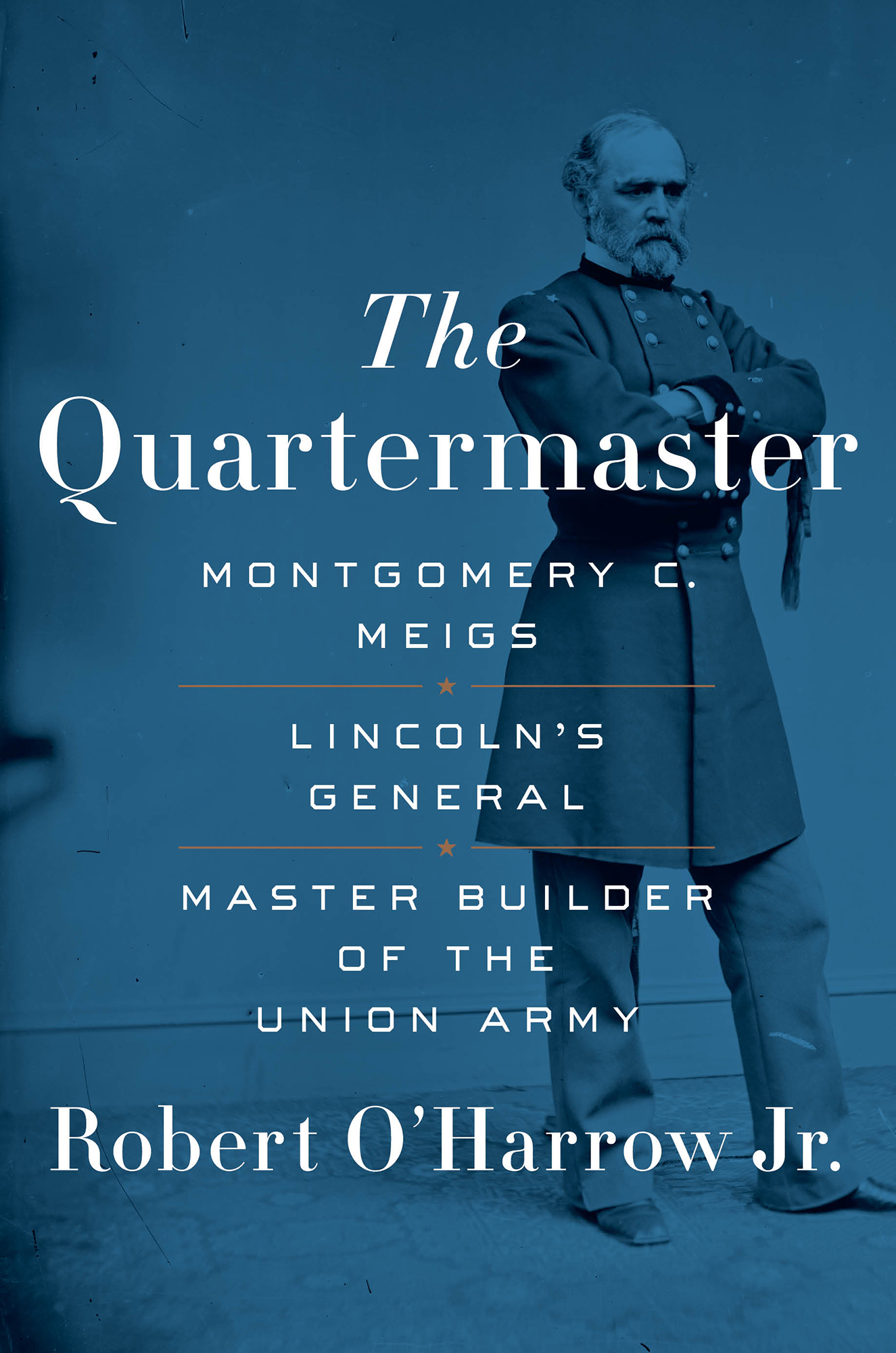
The Quartermaster
Montgomery C. Meigs, Lincoln's General, Master Builder of the Union Army
کتاب های مرتبط
- اطلاعات
- نقد و بررسی
- دیدگاه کاربران
نقد و بررسی

June 1, 2016
A journalist documents the achievements of an unsung Union hero of the Civil War. Here's a challenge: write a riveting story about a general whose military contribution involved procuring rather than leading troops gloriously into battle. That's the task Washington Post reporter O'Harrow (No Place to Hide: Behind the Scenes of Our Emerging Surveillance Society, 2005, etc.) assumes in this biography of Montgomery C. Meigs (1816-1892), Quartermaster General of the Army during and after the Civil War. An abolitionist, Meigs graduated from West Point and became a brevet second lieutenant in the Army Corps of Engineers. Before the Civil War, he supervised the construction of the Washington Aqueduct, the dome of the U.S. Capitol, and Union Arch Bridge in Maryland. He was just the sort of experienced manager that newly elected Abraham Lincoln needed as his quartermaster, the person responsible for getting clothing, blankets, horses, food, and ammunition to the troops. "There is no glamour in this," O'Harrow notes. Unfortunately, he makes it even less glamorous in the book's prewar first half, with dry chapters that read like a catalog of activities rather than a dramatic story. Passages in which Meigs manages payroll and signs requisitions for candles, sponges, and sperm oil aren't exactly page-turners. Much better are the sections on the Civil War, in which the author cites his subject's innovations, such as his adoption of the Singer sewing machine to help the Union Army "surmount the limitations of an industry in which seamstresses stitched most clothing by hand." The writing is more vivid in these sections, too, as when Meigs, who had traveled to Manassas during the first Battle of Bull Run, learns that a cannon shot "had recently decapitated two Union soldiers" and says that the flying shells were like "someone was tossing paving stones at me." An intermittently engaging biography of a logistics genius whose behind-the-scenes influence did as much to win the war as that of most military commanders.
COPYRIGHT(2016) Kirkus Reviews, ALL RIGHTS RESERVED.

June 15, 2016
Countless individuals have shaped the course of American history only to be forgotten by subsequent generations, but O'Harrow (Zero Day: The Threat in Cyberspace) ably demonstrates why it is a particularly unfortunate fate to have befallen Montgomery C. Meigs (1816-92). Ambitious and irascible but scrupulously honest, Meigs made a physical mark upon Washington, DC, as an army engineer, helping to design and build the U.S. Capitol, the Washington Aqueduct, and what is now the National Building Museum. His greatest achievement came when he was appointed Quartermaster General during the Civil War, responsible for mobilizing the massive Union war effort. Managing to clothe, equip, and provide transportation for the North's fighting men while doing battle with unscrupulous contractors and inept generals, Meigs contributed significantly to the eventual Union victory. O'Harrow's matter-of-fact style is well suited to demonstrating why this creative, hard-working officer deserves a more prominent place among the heroes of the conflict. VERDICT This biography of a man who labored tirelessly to secure a fame that would outlive him is recommended for readers interested in American history, the Civil War, and the history of Washington.--Sara Shreve, Newton, KS
Copyright 2016 Library Journal, LLC Used with permission.

























دیدگاه کاربران